Walking tour of old Cebu
CEBU, Philippines - During my bi-annual visits in Cebu, I look forward to seeing friends, and I also like to check out new developments in the historic section of Cebu. This year, friends have told me there is a “renaissance in Cebu” so I am particularly anxious to see what changes have occurred since my last visit five months ago. I embark on a walking tour, a route I usually take, beginning and ending in Heritage Square.
Right away, I note that the there is a new police station and Barangay hall near Eduardo Castrillo’s Heritage Monument. I visit the nearby Yap-Sandiego Museum and the 1730 Jesuit House. Further away is the Casa Gorordo, also worth a visit.
From the square, I walk to the Cathedral Museum. I find their exhibits lackluster, but I love the Spanish Colonial architecture of the museum. The Cathedral next door has also been restored and painted in recent years. The grounds of the Cathedral with the enclosed garden area and the tall trees with hanging lamps are charming.
Another short walk brings me to the crowded Santo Niño Basilica, where I feel in touch with ordinary folk. They are very ardent as they pray, and quite patient as they stand in a long line to get close to the Santo Niño. They have a custom of waving hello and goodbye at the beloved statue, which I find endearing.
I note that the cloister of the Santo Niño Basilica has been fixed up. The fountain flows and walkways have been paved; the benches are occupied by people who have taken time out from the hurly-burly of the outside world. Up above, there is a new trellised walkway, no doubt a relaxing private spot for the Augustinians who live there.
Across the church, there is a Santo Niño Museum. It’s small and worth a quick visit by pilgrims who want to see religious memorabilia related to their beloved Santo Niño.
Continuing my walk, I leave the Basilica Grounds and end up in front of the kiosk housing Magellan’s Cross. The women who offer to dance a prayer are still there. In the past, there had been two busy streets flanking the kiosk of Magellan’s Cross. The streets are gone, and there is now a huge square, neatly manicured, that sits between the Santo Nino grounds and City Hall.
There’s something brand new – the BPI (Bank of the Philippine Islands) Museum at the corner of P. Burgos Street. The bank continues to operate there, but its museum is housed in wings on either side of the bank proper. The museum traces the history of BPI Bank in Cebu, starting from 1851 to modern days. There are pictures, antique notes and coins, maps, bank vaults, and documents relating to Cebuanos, whose families I still know, making the material much more interesting. The BPI Museum can be seen only by appointment; contact the Bank Manager and Museum Curator, Carlos Apuhin.
From there, I cut through Magallanes Street to the Plaza Independencia and Fort San Pedro. Clean, safe, and spiffed-up for several years now, the Plaza and Fort are popular tourist destinations. Joggers frequent the Plaza Independencia in the early mornings. There is a brand new Collins playground in a section of the Plaza, complete with colorful slides, swings, and other play sets. This playground is very popular when the children are out of school, in the afternoons and weekends.
I head toward the Malacanang of the South, now abandoned because of damage from the February 2012 earthquake. The exterior of the 1910 structure designed by William E. Parsons remains handsome and I allow myself a bit of fantasy and imagine this place as a five-star hotel, the Raffles perhaps, right there in Old Cebu – the location couldn’t be more perfect.
Crossing M.J. Cuenco Avenue, right on the corner of M.C. Briones, I discover a restaurant with one of the best locations in all of Cebu – the Coco Dine – with views of the Malacanang, the Plaza, and the sea. The second floor balcony is the best spot to take all of these in. If the restaurant would invest in better furniture and décor, the place could easily be a hit. It even has parking in the back.
(Sadly, Eddie’s Log Cabin, restaurant and bar, also on M.C. Briones is closed. Founded by Eddie Woolbright, this was a popular spot in the 1950s, 1960s, 1970s, and was open until recently. Perhaps now that Old Cebu is gentrifying, Eddie’s Log Cabin can reopen.)
Continuing on M.C. Briones, I see two new places, Metro Bank and the La Nueva Supermarket, huge, with a pharmacy and money changer inside its complex. The volume of business in this supermarket is tremendous, mostly buyers with small retail stores.
Onward, I see the Prince Plaza with the charming old structure, now bustling with new tenants — vendors of souvenirs, a supermarket and restaurants.
The nearby Sugbu Chinese Heritage Museum which announced itself with a flare almost a year ago is a disappointment. There it sits, undeveloped. Apparently the Chinese community is having difficulties raising money for the museum because there are no returns for money put into it. There are generally no monetary returns for investment in culture and art; business people need to face up to their social and community obligations and not expect “returns.”
Right beside the forlorn museum is a site that’s become my favorite: the Senior Citizens’ Park. Last year, an eye-sore of a warehouse stood here, but the February 2012 earthquake damaged it badly. It had to be taken down. Thank Mayor Mike Rama who had the vision and the initiative to put up this charming little park with an old-fashioned ambiance. (In fact, thank Mike Rama as well for the Collins Playground mentioned earlier). The Senior Citizens’ Park has a statue and fountain in the middle, benches scattered around, a mural of lush trees on a wall, old-style lamps, and circular walkways. And right in front, is the lovely sea with its clean air and boats majestically sailing by. Despite its name, the park is visited by guests of all ages; it is very popular, and thankfully, guests have not littered nor slept on the park benches. The 24-hour security guard helps.
The old Compania Maritima building near the Senior Citizens’ Park, which is now just a shell, stands thankfully whitewashed so it looks quite handsome. Hopefully, this historic structure will be developed into something beautiful to enhance Historic Cebu.

On my walk back, I discover that a huge flock of starlings (gansiyang in Cebuano) congregate on the three Eucalyptus trees standing near Rizal’s statue in front of City Hall. They come in the late afternoon and fill the trees with their presence and their lively twittering. It is magical.
Last but not least, is dinner at the Café Elysa near the Heritage Square. The Filipino food is excellent. My favorites are Pancit Parian and Adobao.
And that, dear readers, is my walking tour of old historic Cebu. I invite you to explore Old Cebu as I do, on foot, so you can savor historic Cebu as you never have before. (FREEMAN)
Photos:
top -Kiosk with Magellan's Cross
Next - photo in BPI Museum l-r: Carlos Apuhin, Cecilia Brainard, Louie Nacorda
Next - BPI Museum
Next - Carlos Apuhin in front of the BPI Bank and Museum
Next - Louie Nacorda in Senior Citizens Park
Next- Louie Nacorda in Senior Citizens Park
Next - Starlings in the Eucalyptus trees
Bottom - Cafe Elysa's Pancit Parian
tags: Historic Cebu, Heritage, Cebu City, Philippines, culture, tour, Asia






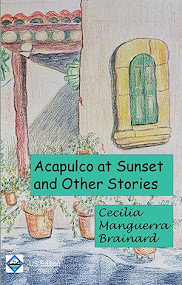



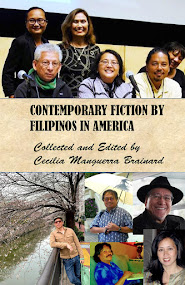
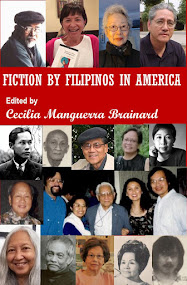



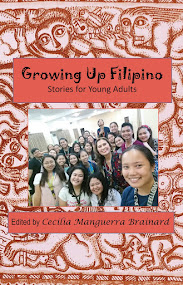
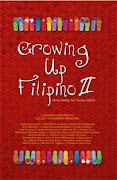


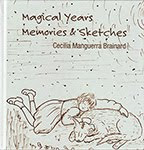


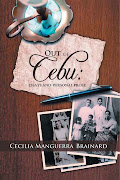

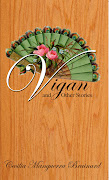

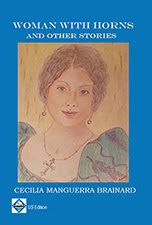

No comments:
Post a Comment